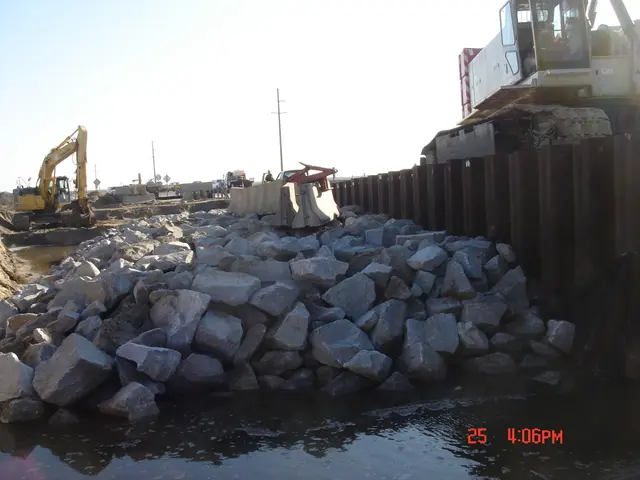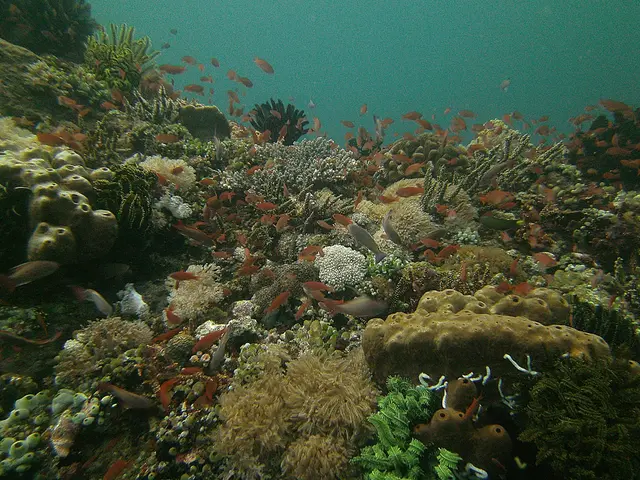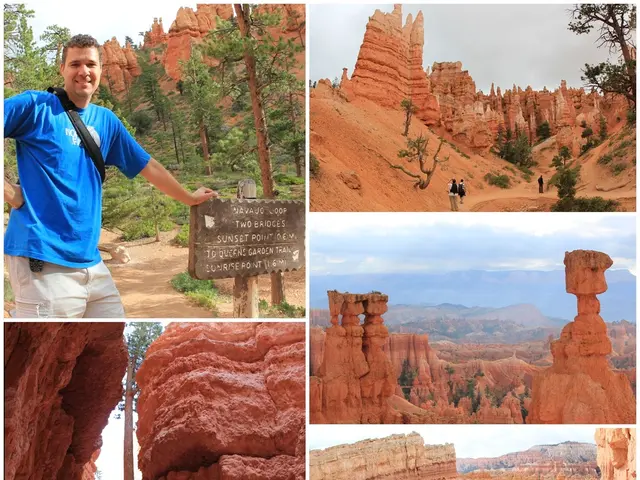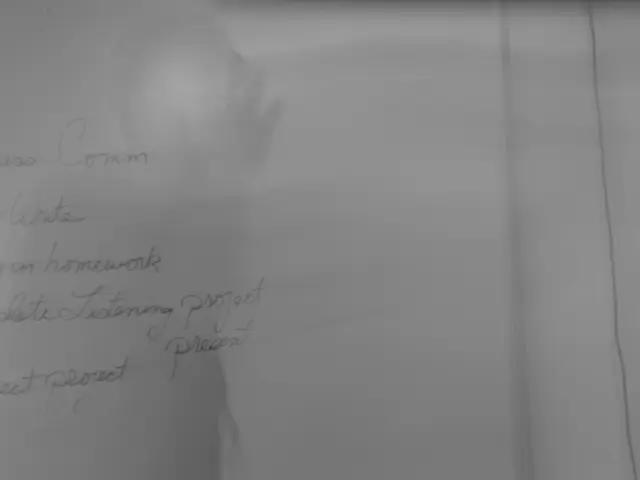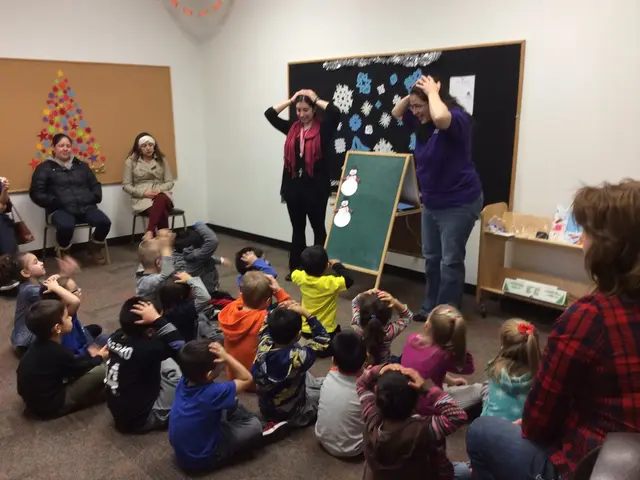NASA Turns to Public for Help Analyzing Space Data
NASA is turning to the public for help in analyzing vast amounts of data from its missions, as the space agency lacks the capacity to handle it all alone. The White House Office of Science and Technology Policy (OSTP) has been instrumental in promoting this collaborative approach, with new guidance and tools for agencies to engage with citizen scientists.
The Obama administration first pledged to adopt a collaborative approach to innovation in 2013. Since then, NASA has been studying the entire sky to search for clues about the formation of the solar system, a task that generates immense amounts of data. However, NASA lacks the technical capacity and manpower to analyze all this data on its own.
In response, OSTP issued a memorandum in 2015 directing agencies to advance the use of citizen science. This marked a significant shift, as until then, agencies lacked explicit authorization to take advantage of citizen science. The Crowdsourcing and Citizen Science Act of 2015, introduced by Senator Cory Booker, aimed to authorize and encourage agencies to work with citizen scientists. OSTP further developed the Federal Crowdsourcing and Citizen Science Toolkit in the same year to guide agencies on using citizen science effectively.
The results have been encouraging. Over 30,000 members of the public have volunteered to help NASA analyze its data. These citizen scientists voluntarily collect and analyze data on behalf of the government, providing valuable assistance that NASA could not manage alone.
The use of citizen science is set to expand with the newly proposed legislation that aims to authorize and encourage agencies to work with citizen scientists. This collaborative approach not only helps agencies like NASA overcome capacity constraints but also engages the public in scientific discovery. As NASA continues to study the sky, it can now do so with the help of thousands of eager volunteers.


